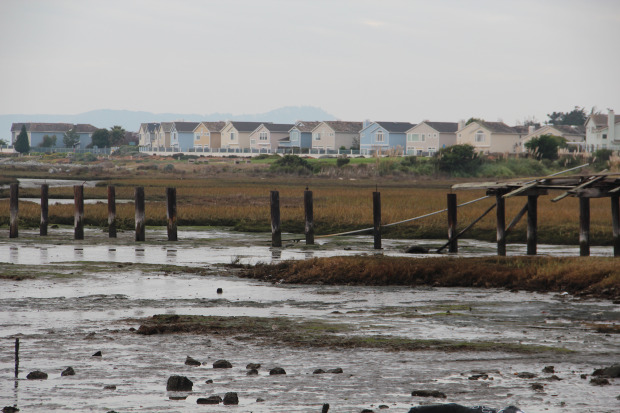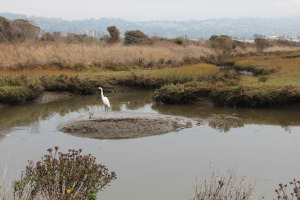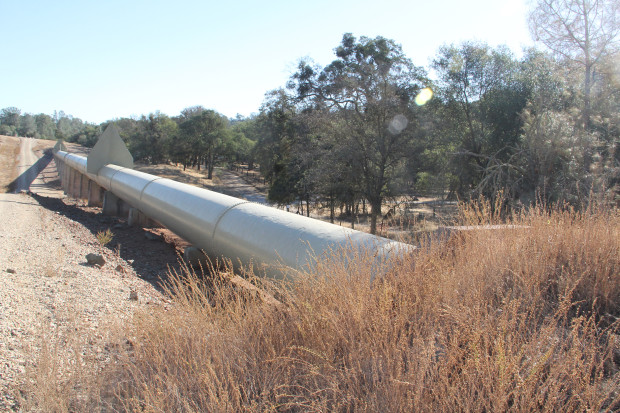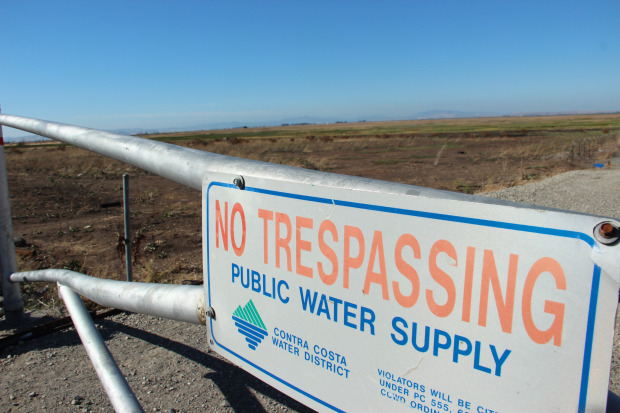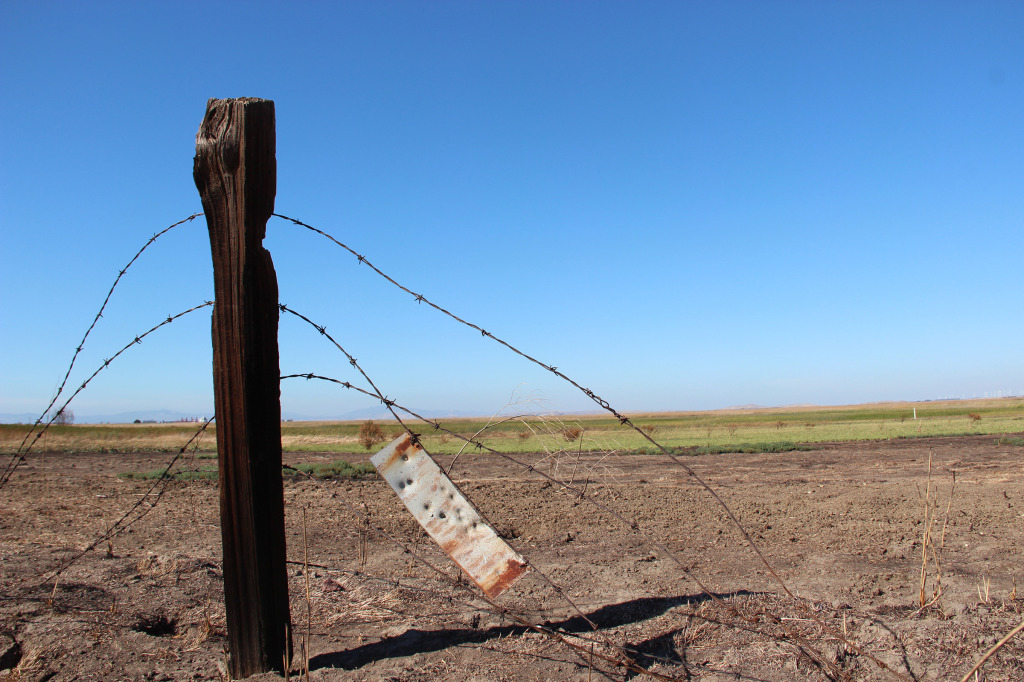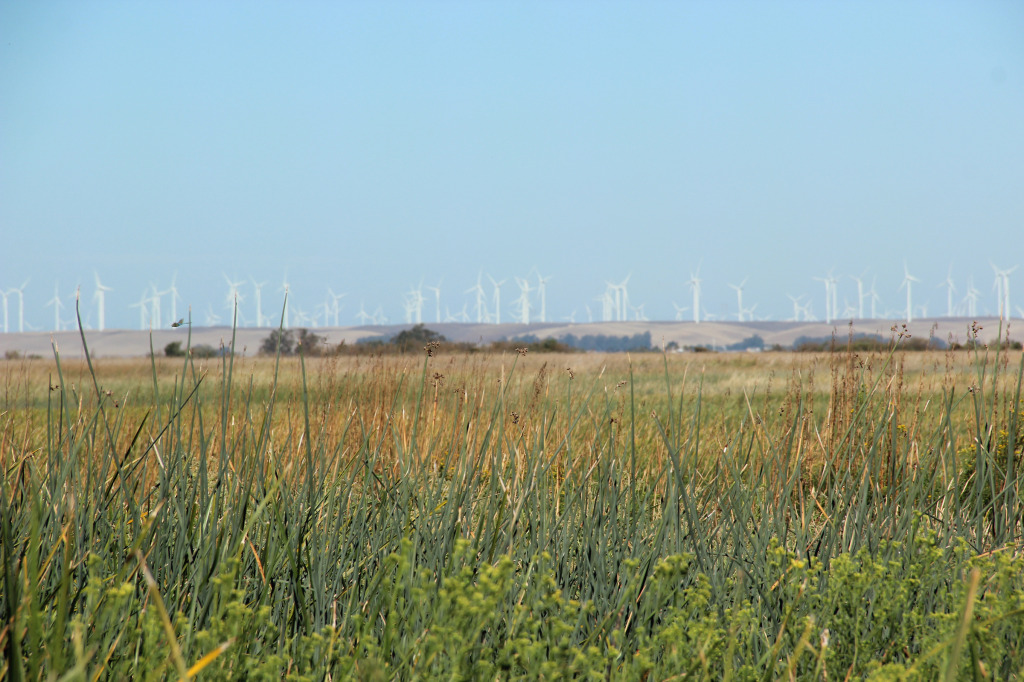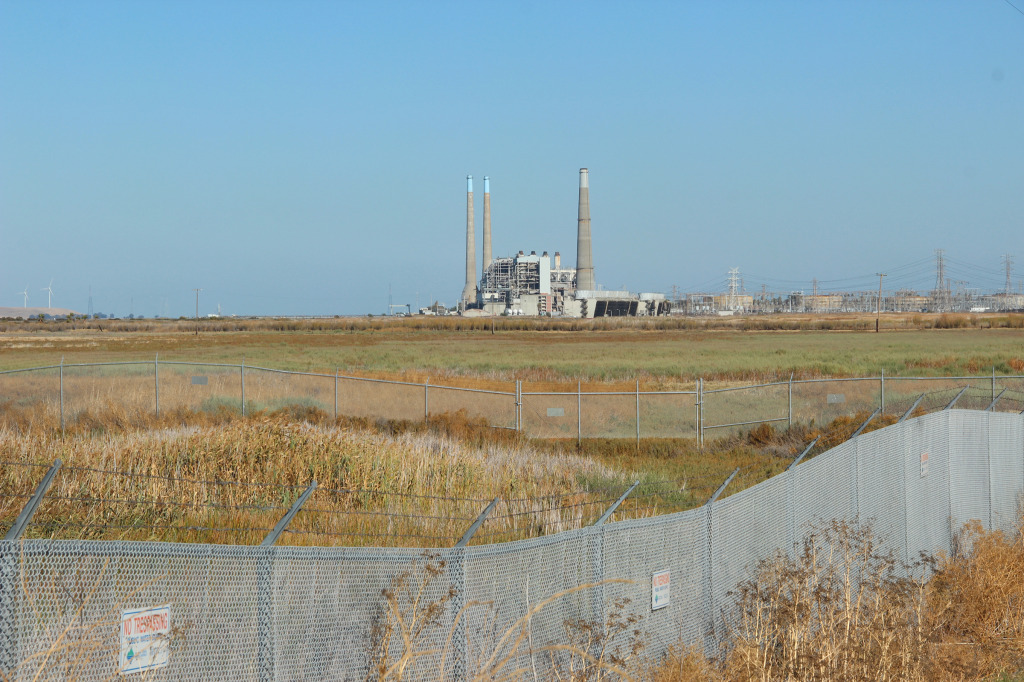 |
| Caleen Sisk is the leader of the Winnemem Wintu Tribe. |
The bond measure known on Tuesday’s ballot as Proposition 1 may look to many like a clear way to address California’s water problems, but its potential local effects remain murky.
While the measure would authorize $7.12 billion in general state bonds for a range of water supply projects—including everything from raising the heights of many reservoir dams to organizing drought relief and emergency water supplies to recycling urban runoff—hidden costs and other barriers may stand in the way of the East Bay drawing from the well of money.
The East Bay Municipal Utility District, or EBMUD, has four major project areas that could receive money if Proposition 1 passes: recycling water, conservation, surface storage and groundwater storage, said Alexander Coates, the district’s general manager. But the state isn’t going to rain money; every local district must pay 50 percent of the costs. And this could pose a challenge for cash-strapped districts with ambitious plans.
Funding exclusions are also a problem. The measure sets aside $520 million in “beneficial use” funds that could go to improve water quality for low-income communities. Although Oakland and Richmond both have economically depressed neighborhoods, it is possible that neither city would see any of the money.
“Disadvantaged” and “severely disadvantaged” communities are defined as areas with a median household income less than 80 percent and 60 percent, respectively, of the statewide median. U.S. Census data lists Richmond’s median income at 89 percent of the statewide level and Oakland’s at 84 percent, suggesting that neither city could qualify for low-income community money for water projects the way the bond is written. By contrast, cities such as Stockton or Fresno could qualify for disadvantaged status but not for the higher priority of severely disadvantaged.
In September, EBMUD voted to support the measure, but even so, some of the district’s projects may run into funding obstacles. According to Abby Figueroa, senior public information representative at EBMUD, the district is unlikely to be eligible for funding for water quality or flood management projects unless other districts in the Sacramento-San Joaquin Delta area qualify for it.
An example is EBMUD’s aqueducts, which are in need of upgrades. The aqueducts, which carry drinking water from the Mokelumne River watershed in the Sierra Nevada foothills to Oakland and across several districts, are structurally vulnerable at connection points from Stockton to Walnut Creek. If EBMUD collaborated with the districts whose projects were awarded money, a portion of their budgets could go to pay for upgrades. But getting all of the districts to agree on a plan may not be easy.
Other requirements for securing grant money may be hurdles for the Bay Area at large. One section of the bond provides $200 million for stormwater management projects, funding that municipalities throughout the state would compete for. But to qualify, projects must be part of a so-called “Integrated Regional Water Management Plan,” according to Matthew Fabry, coordinator for the San Mateo Countywide Water Pollution Prevention Program. Joining the Bay Area’s version of this management plan could become an onerous process.
“The IRWMP has typically required project proponents to pony up a chunk of change to pay costs of a consultant preparing documents, so many agencies, especially stormwater, have had limited participation,” Fabry wrote in an email.
Water experts seem to vacillate between optimism and ambivalence over the ballot measure. At an October 23 forum at the David Brower Center in Berkeley, Peter Gleick, president of the Oakland-based Pacific Institute, said Proposition 1 is no immediate cure for California’s water problems because the money won’t be spent any time soon. He said setting funding aside to increase dam heights for nearly empty reservoirs doesn’t address the current drought problems.
Still, $725 million of the bond goes for water recycling and advanced water treatment technology projects, something Gleick said he supported, along with more funding for groundwater storage and stormwater capture, a method for taking urban runoff and using it, for example, to recharge ground water.
“We have a lot to do, and at best, this is a piece of the puzzle,” he said.
During the audience comment period that followed, Gleick was asked whether he thought the language of Proposition 1 was left vague in part to coerce voters into entrusting state officials with the leeway to spend at their own discretion. “I think that is an astute observation,” Gleick said.
San Mateo pollution coordinator Fabry suggested that basic political reasoning accounts for the lack of detail. In an email he wrote, “I believe they intentionally left this bond measure somewhat vague in terms of how money would be distributed, leaving it to future competitive processes, as opposed to specifically calling out projects that get labeled as ‘pork.’”
Backed by Governor Jerry Brown and a number of large institutions like the California Farm Bureau Federation, the California Alliance for Jobs and Western Growers Service Corporation, the measure’s support base has raised significantly more campaign cash than the opposition, which includes a number of small-scale farms. Proposition 1 is consistently polling at over 50 percent in election surveys throughout the state and is expected to pass on November 4.





